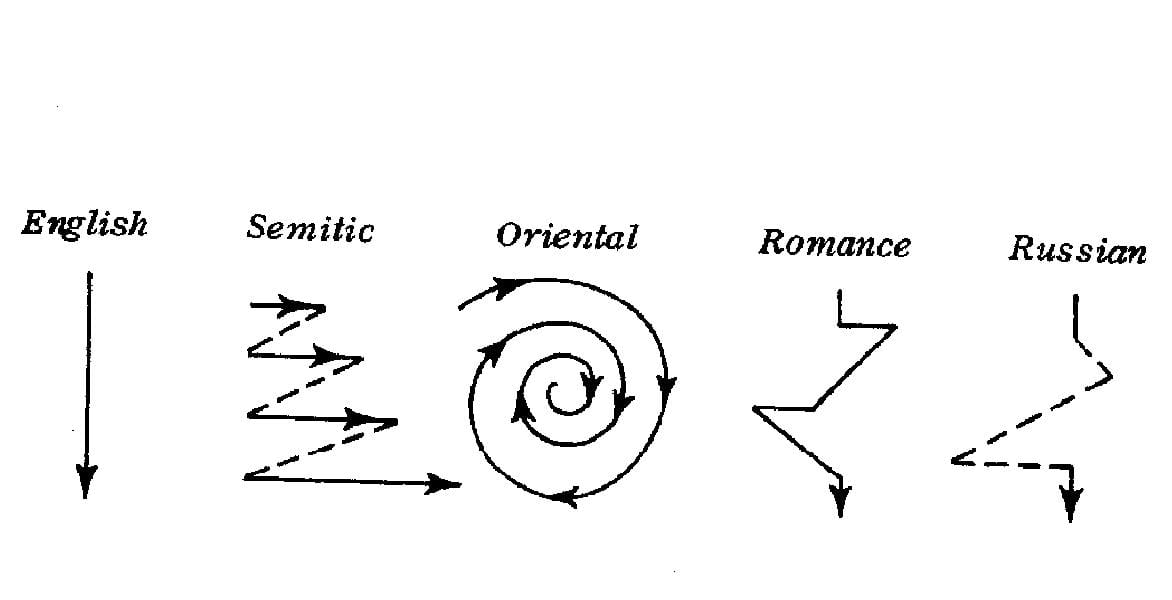Unlocking the Secrets to Your Child’s Mind: A Parent’s Guide to Thought Patterns
Welcome, insightful parents! Are you ever curious about the colorful cogs turning in your child’s mind? Do you find yourself wondering how they perceive the world and why they react the way they do? You’re in for a treat! Our journey into the fascinating realm of children’s thought patterns begins. Whether you’re parenting toddlers or teens, understanding their cognitive processes can transform the way you guide, teach, and bond with your little ones.
Why Is Understanding Thought Patterns Important?
As nurturing guardians of curious young minds, recognizing and comprehending the way children think is paramount. It helps us foster a supportive environment that nurtures emotional intelligence, problem-solving skills, and the ability to navigate life’s challenges. As parents, we get a clearer insight into their needs, fears, and motivations, thus enhancing our communication and boosting their self-esteem. So, let’s dive in and explore the wonders of their inner thoughts!
The Basics of Child Thought Patterns
Children’s thought patterns are as unique as snowflakes, with each child processing information and emotions in their own individual way. However, there are general stages of cognitive development, famously outlined by psychologist Jean Piaget, that all children go through. Understanding these stages helps us see the world through their eyes and offer appropriate support:
- Sensorimotor Stage (Birth to 2 years): In this stage, children learn about the world through their senses and actions. They’re all about exploring and experiencing!
- Preoperational Stage (2 to 7 years): As language develops, so does imagination. Children begin to engage in symbolic play and start to understand objects and events that aren’t present.
- Concrete Operational Stage (7 to 11 years): During this time, logical thinking takes center stage. Kids become pros at handling concrete information and begin problem-solving.
- Formal Operational Stage (12 and up): Abstract thinking arrives on the scene. Adolescents start to reason about hypothetical scenarios and think about future possibilities.
How to Recognize Patterns in Your Child’s Behavior
Observation is key when it comes to recognizing your child’s thought patterns. Take note of recurring behaviors, triggers, what grabs their attention the most, and how they interact with others. For instance, perhaps your child tends to get frustrated quickly when facing a challenging task, indicating a pattern of low frustration tolerance. Or maybe they ask numerous questions about how things work, showing a pattern of inquisitive thinking. These observations can help us tailor our parenting strategies to meet their cognitive and emotional needs.
Adapting to Your Child’s Learning Style
Another cornerstone in understanding thought patterns is identifying your child’s preferred learning style. Some children are visual learners, needing to see pictures and diagrams; others are auditory, responding well to spoken instructions. Then, there are kinesthetic learners who prefer hands-on activities. By aligning teaching methods with their preferred style, you significantly enhance their ability to absorb and retain information.
Stay tuned as we dive deeper into the intricate world of thought patterns in our upcoming sections. We’ll cover tips on nurturing positive thought patterns, dealing with unhelpful ones, and the importance of encouraging a growth mindset in your little ones. So grab a comfy seat, keep your notepad handy, and let’s continue this enlightening adventure together. After all, understanding is the first step to guiding our children on a path to emotional and cognitive well-being!
The journey into the psychological playground that is your child’s mind is a voyage worth taking. Stick with us as we guide you through the labyrinth of cognitive development and unravel the ways it shapes whom your children become. As parents, our greatest goal is to help them grow into well-rounded, capable individuals. Armed with the insights from this guide, you’ll be well on your way to nurturing a thriving family dynamic. Let’s nurture bright minds and even brighter futures together!

“`html
Unlocking the Secrets to Your Child’s Mind: A Parent’s Guide to Thought Patterns
Greetings, wonderful parents! Ever found yourself marveling at the thoughts and behaviors of your child, pondering what gears are whirring in that adorable head? Whether you’re watching over tots or navigating the teenage years, gaining a grasp on your child’s thinking can truly revolutionize your parenting, teaching, and bonding experiences.
Why Is Understanding Thought Patterns Important?
Understanding the ebb and flow of your child’s thoughts is not just fascinating—it’s a crucial aspect of their growth and well-being. It nurtures an environment ripe for developing emotional intelligence and strong problem-solving abilities. Ready to delve into the nitty-gritty of thought patterns? Let’s jump in!
The Basics of Child Thought Patterns
Every child’s thought pattern is a spellbinding blend of uniqueness and common developmental milestones. Piaget’s cognitive development stages give us a framework for supporting our children as they grow:
- Sensorimotor Stage (Birth to 2 years): Witness your child’s sense of wonder and exploration flourish as they engage with the world.
- Preoperational Stage (2 to 7 years): The wings of imagination take flight with symbolic play becoming a staple of their everyday adventures.
- Concrete Operational Stage (7 to 11 years): Get ready for the logical gears to turn, and problem-solving skills to bloom.
- Formal Operational Stage (12 and up): Abstract thinking hits the stage, opening a universe of hypotheticals and future possibilities.
How to Recognize Patterns in Your Child’s Behavior
Keeping an eye on your child’s behaviors can unveil a world of thought patterns. These keen observations can empower you to align your parenting approach with their emotional and cognitive landscapes.
Adapting to Your Child’s Learning Style
Did you know that children have unique learning styles? Some kids are visual, others love to listen, and then some just have to get their hands dirty! Matching your teaching methods with their learning style can sprinkle some magic on their educational journey.
“`
5 Things Parents Should Know in Preparing for Thought Patterns
- Developmental Stages are Guides, Not Rules: Your child is unique, and while stages of development offer insight, it’s essential to appreciate that each child progresses at their own pace.
- Behavior as a Communication Tool: Children often communicate through their behavior. Understand that tantrums, questions, or even silence can be their way of expressing what’s happening in their minds.
- The Power of Open-ended Questions: Encourage your child to think and express themselves more deeply by asking questions that don’t have a simple yes or no answer.
- Positive Reinforcement Shapes Thought Patterns: Praising effort rather than outcome nurtures a growth mindset, prompting children to engage with challenges and learn from failures rather than fearing them.
- Model the Behavior You Want to See: Your child learns a lot by watching you. If you demonstrate healthy thinking patterns and coping strategies, you’re setting the stage for them to adopt similar habits.
With these insights at your fingertips, stay tuned as we continue exploring the wonder-filled landscape of your child’s thoughts and behaviors. Happy guiding, dear parents!
See more great Things to Do with Kids in New Zealand here. For more information see here
Disclaimer
The articles available via our website provide general information only and we strongly urge readers to exercise caution and conduct their own thorough research and fact-checking. The information presented should not be taken as absolute truth, and, to the maximum extent permitted by law, we will not be held liable for any inaccuracies or errors in the content. It is essential for individuals to independently verify and validate the information before making any decisions or taking any actions based on the articles.




